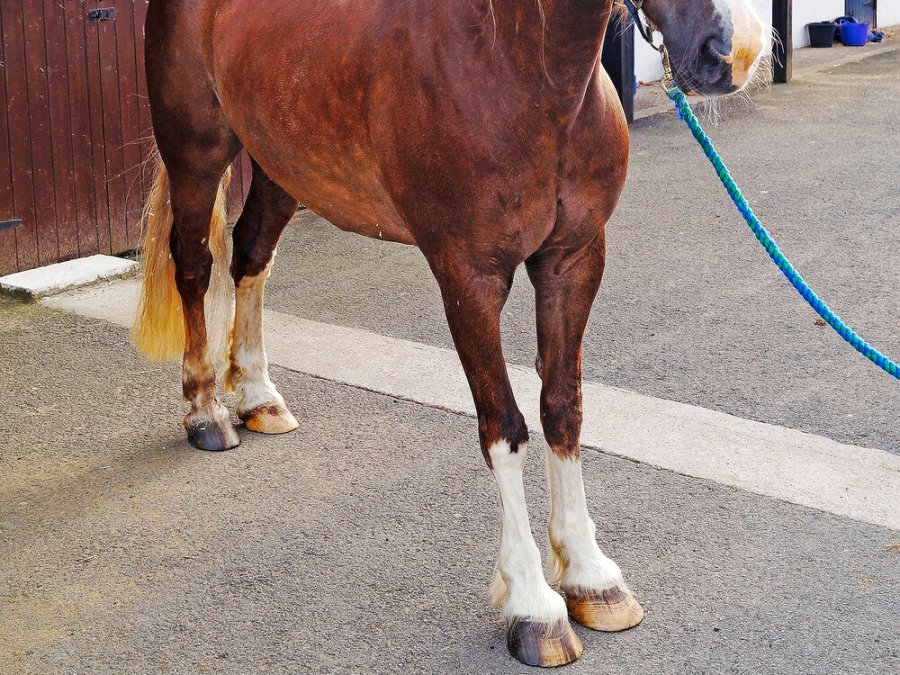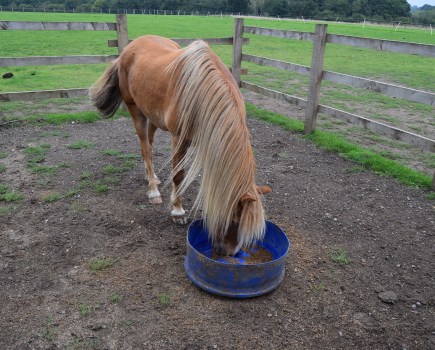The British Horse Society (BHS) has shared tips on preventing laminitis after revealing that the condition affects one in 10 horses and ponies every year.
Research by Pollard, D et al confirmed how widespread the issue is, and the BHS said prevention is always better than cure, especially as laminitis can cause extreme pain, lameness, permanent damage to the hooves and increase the risk of future episodes.
The charity discussed the ways owners can prevent the risk of laminitis, as well as how to spot the signs of the serious condition.
Reducing the risks
Owners can reduce their horses chances of getting laminitis by:
- Keeping weight down. Excess weight gain more than doubles the risk of laminitis, so owners should monitor their horse’s weight closely and react to any changes. They suggest using a weigh tape and fat scoring every two weeks.
- Controlling calories. Restrict grazing where possible and weigh forage so you know exactly how much you are feeding.
- Getting your horse moving. The BHS advises creating a diverse and regular exercise plan building up duration and intensity slowly.
- Watching out for any subtle signs of laminitis. The earlier an attack is noticed, the greater the chance of aiding recovery.
To help watch out for the subtle signs of laminitis, email welfare@bhs.org.uk and request a free poster to display on your yard.
Find out more about how to prevent laminitis in your horse by visiting the BHS website









